How to Use a Sheet of Plastic in Emergencies
In times of emergencies, having the right tools and materials can make all the difference. One versatile item that should be a part of every emergency kit is a sheet of plastic. This simple yet practical item can serve a multitude of purposes during emergencies. Today, I want to talk about how to use a sheet of plastic in emergencies so you have an overview of plastic sheeting and how you can make informed decisions for its use.

1. Shelter
When faced with a sudden emergency outdoors, finding emergency shelter becomes a top priority. A plastic sheet can provide crucial protection from the elements. Tying the corners of the sheet to trees with rope or duct tape, or using sticks as support, you can create a makeshift tent or lean-to shelter. This use of plastic sheeting will shield you from rain, wind, and harsh sunlight, keeping you dry and minimizing exposure to extreme temperatures. How to Build an Underground Shelter in the Woods
2. Water Collection
Access to clean water is essential for survival, especially during emergencies. A plastic sheet can be a valuable tool for collecting rainwater. A shallow hole can be made in the ground and then place the plastic sheet over it, this will allow you to collect rainwater as it drips down. How to Use Rain Water at Home
Secure the edges of the sheet with rocks or other weights to ensure the water flows into your collection point. Remember to filter and purify the collected water before consumption to maintain proper public health for you and others who use the water. Strategies for Conserving Water in an Emergency
3. Signal for Help
In dire situations, being able to attract attention and signal for help can be a lifesaver. A plastic sheet can act as a highly visible signaling device. When you reflect light off the sheet, you can create flashes that catch the attention of potential rescuers. Spend time fashioning the sheet into a large arrow or SOS symbol, you can communicate distress signals, even if you are unable to verbally call for help. How Humans Can Use Mountains During a Disaster
The quality of plastic sheeting for this use isn’t critical, you just need enough to make the signals large enough for others to see. You’ll need some stakes or rocks to hold the plastic in place.
4. Ground Cover
During emergencies that require you to spend extended periods outdoors, having a clean and dry space to rest on is vital. A plastic sheet can be used as a ground cover to provide insulation and protect you from dampness. Simply spread the sheet over the ground before lying down to create a barrier between your body and the cold or wet surface. This will help maintain body heat and prevent moisture from seeping through. What to Use for Insulation to Stay Warm
If you have a sleeping bag or blankets to lay on top of the plastic, all the better. The plastic sheet keeps this bedding as dry as possible when you have to sleep on the ground, or just take cover for some time.
5. Protect Belongings
In situations where you may need to evacuate your home or temporary shelter, it’s important to safeguard your belongings. A plastic sheet can serve as a protective cover for your valuable items. Wrap electronic devices, important documents with sensitive information, and other sensitive materials in the sheet to shield them from water, dust, and debris. This extra layer of protection can help preserve your belongings until you can safely retrieve them.
This is particularly important during severe rain storms, hurricanes, and even tornadoes when moisture and debris make protecting your belongings a challenge.
6. Temporary Repairs
During emergencies, structural damage to buildings or other infrastructure is not uncommon. Plastic sheeting products have been used as a building material to seal things off when necessary. A plastic sheet can be used for temporary repairs until more permanent solutions can be implemented.
Covering broken windows, electrical outlets, damaged roofs, or gaps in walls with a plastic sheet, can prevent further exposure to the elements and keep the interior safe from rain, wind, or pests. How to Use a Tarp for Shelter
Plastic sheeting is used in refugee camps to provide humanitarian relief and reduce disaster risk until more permanent supplies for shelter and protection can be used. This is one application where people in real need become the target audience for plastic sheeting. It can also be used in the camps to provide privacy as humanitarian aid workers strive for health and sanitation services outdoors.
7. Hygiene and Sanitation
Maintaining proper hygiene and sanitation practices is important to prevent the spread of diseases, especially in emergencies. A plastic sheet can be used as an improvised shower curtain or privacy screen. Try hanging the sheet in a designated area, you can create a private space for bathing or using a portable toilet. This helps maintain hygiene standards and preserves dignity during challenging times. 35 Essential Personal Hygiene Products You Need to Stock
The plastic sheets can also be used as a barrier between those who are sick and others around them. In some locations outside the United States, it has been used for malaria control, to keep dangerous chemicals contained, and to prevent insecticides from making human contact. Logistics in complex emergencies can be difficult. It’s great that plastic sheets are fairly lightweight and not too cumbersome.
What type of plastic sheet should I use?
It is recommended to use a heavy-duty and durable plastic sheet, such as polyethylene or polypropylene. These materials are waterproof, tear-resistant, and provide better protection against the elements.
How do I store plastic sheets for emergencies?
Store your plastic sheets in a dry and accessible location. Keep them rolled up or folded neatly to avoid damage. Regularly check for any signs of wear or tear and replace them as needed.
More Tips
- How to Keep Your Pet From Getting Stressed in Emergencies
- Why People Wait Until the Last Minute to Prep for Emergencies
- How to Find Time to Prep For Emergencies
Final Word
A simple sheet of plastic can prove to be an indispensable item in emergencies. From providing shelter to collecting water, signaling for help and protecting belongings. It can be used temporary repairs and hygiene needs. I would suggest you have some plastic sheeting in your emergency kit to increase your chances of survival during an emergency. May God Bless this World, Linda
Copyright Images: Plastic Sheeting Covering Furniture AdobeStock_684525251 by By New Africa, Plastic Sheeting Hothouse AdobeStock_39844618 by By Sergey YAkovlev

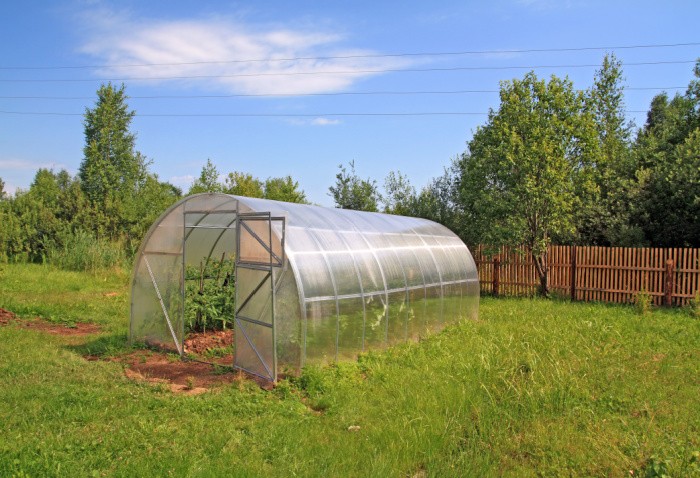

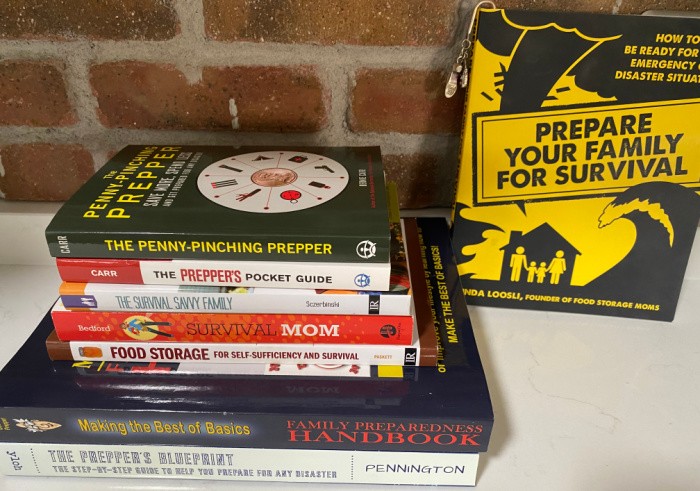
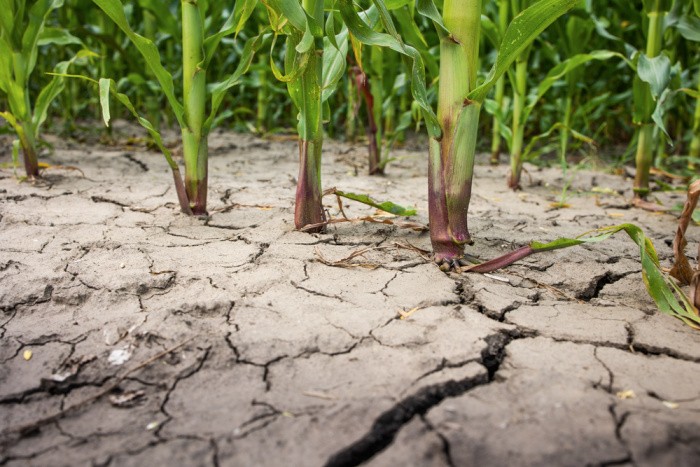

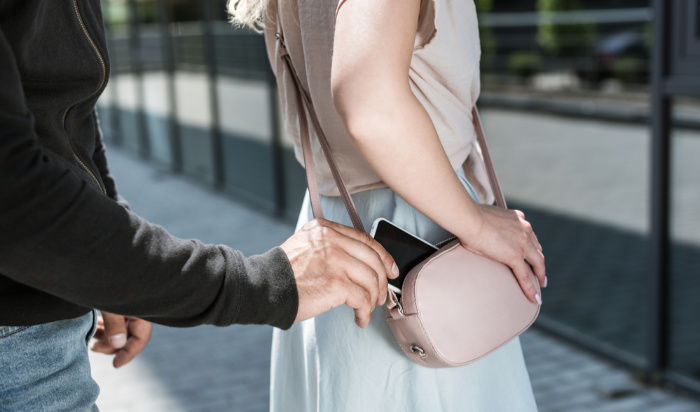
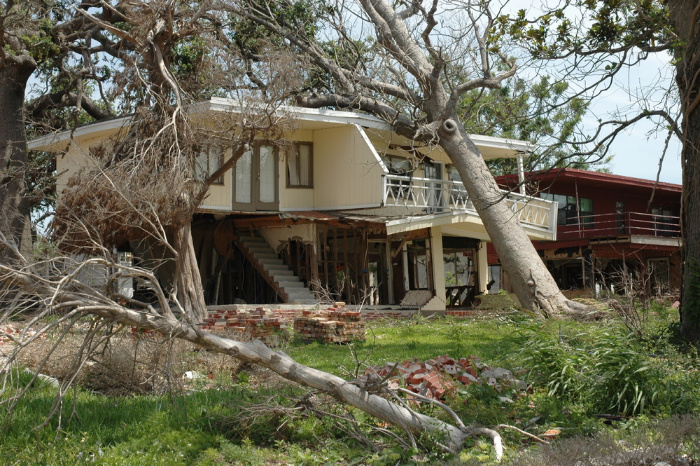














I have my roll of heavy plastic, also to protect certain items from an EMP I wrapped them up in the heavy plastic then wrapped in foil.
Hi Barb, that’s a great tip, it’s one more layer of protection, thats for sure from the elements. Linda
Holiday inlaw removal tool lol.
Just kidding
Sort of
Hi Matt, oh yeah, I get it! Best comment ever!! LOL LOL LOL Linda
Hello Linda,
Can you show me the link for the indoor butane stove and canisters you use? I live an apartment so an indoor stove would be best for my cooking when the power goes out but I need to make sure it’s safe. Thanks
Hi Nick, I used this very same brand when I taught cooking classes in fancy kitchen stores. At home I still crack a window or a door for ventilation, I’m just cautious. https://amzn.to/3t8kFtt I bought one of these for all 4 daughters of mine. Linda
I agree that heavy plastic is the best for many things. But I think it is a good idea to store several thicknesses: heavy for things like shelters and ground covers but also lighter weight for things that will need to be protected but not necessarily need the heavy-duty plastic.
Hi Leanne, I totally agree, I have several types of mil thicknesses. Great reminder. Linda
I must have missed where to buy, what brand recommended for both the light and heavy types. Help as I am 80 and as you may surmise clueless.
Hi Shirley, I will be 74 so I totally get it, my sweet friend. I would get this one: https://amzn.to/3RFCXKW I’m going to add it to the post, thank you for asking. LInda
Thank you kindly. I will.
HI Shirley, you are so welcome. Linda